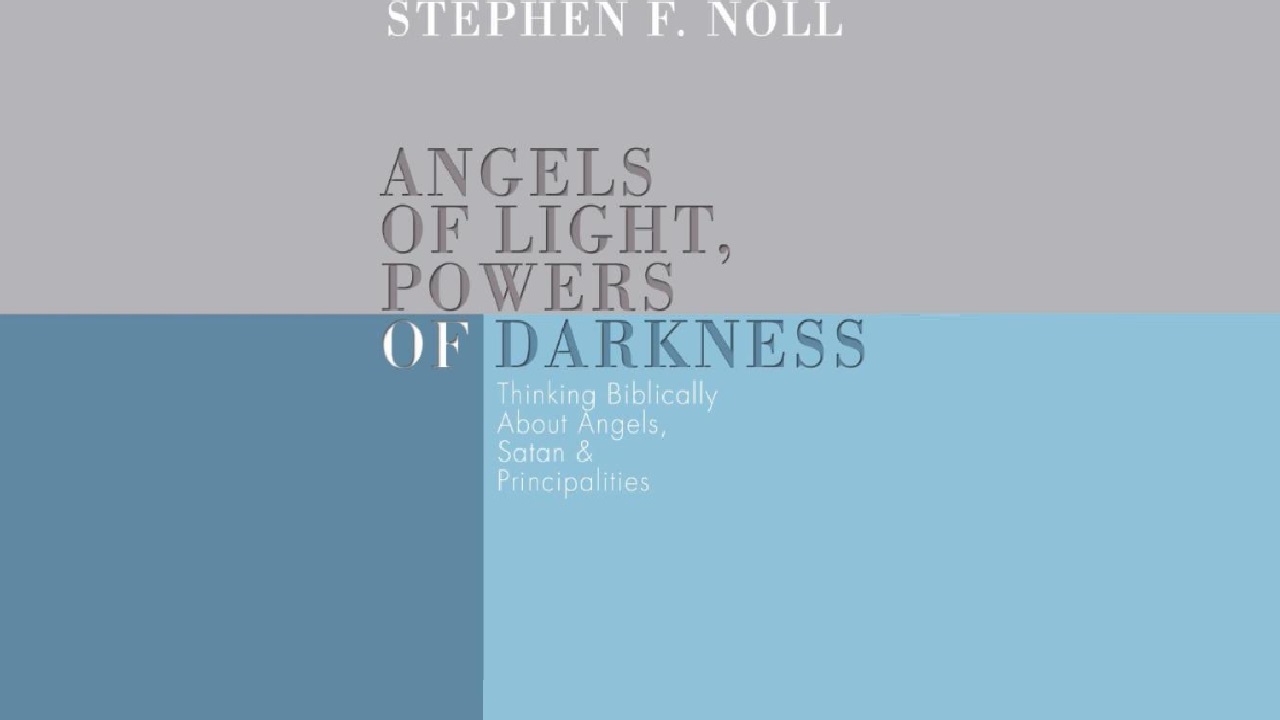
Angels of the Lord
July 24, 2020
Jesus and the angels
August 24, 2020Creator or Creators?

From trinitarian Dr. Michael Heiser, Unseen Realm.
Many Bible readers note the plural pronouns (us; our, Gen 1.26-28) with curiosity. They might suggest that the plurals refer to the Trinity, but technical research in Hebrew grammar and exegesis has shown that the Trinity is not a coherent explanation.[1] The solution is much more straightforward, one that an ancient Israelite would have readily discerned. What we have is a single person (God) addressing a group—the members of his divine council.
It’s like me going into a room of friends and saying, “Hey, let’s go get some pizza!” I’m the one speaking. A group is hearing what I say. Similarly, God comes to the divine council with an exciting announcement: “Let’s create humankind!”
But if God is speaking to his divine council here, does that suggest that humankind was created by more than one elohim? Was the creation of humankind a group project? Not at all. Back to my pizza illustration: If I am the one paying for the pizza—making the plan happen after announcing it—then I retain both the inspiration and the initiative for the entire project. That’s how Genesis 1:26 works.
Genesis 1:27 tells us clearly that only God himself does the creating. In the Hebrew, all the verbs of creation in the passage are singular in form: “So God created humankind in his image, in the likeness of God he created him.” The other members of the council do not participate in the creation of humankind. They watch, just as they did when God laid the foundations of the earth (Job 38:7).
You might wonder at this point why the language changes from plural in verse 26 (“Let us make humankind in our image and according to our likeness”) to singular in verse 27 (“So God created humankind in his image, in the likeness of God he created him”). Does the Bible contradict itself here? No. But understanding the switch requires understanding what the “image” language means.
Hebrew grammar is the key. The turning point is the meaning of the preposition in with respect to the phrase “in the image of God.” In English we use the preposition in to denote many different ideas. That is, in doesn’t always mean the same thing when we use that word. For example, if I say, “put the dishes in the sink,” I am using the preposition to denote location. If I say, “I broke the mirror in pieces,” I am using in to denote the result of some action. If I say, “I work in education,” I am using the preposition to denote that I work as a teacher or principal, or in some other educational capacity.
This last example directs us to what the Hebrew preposition translated in means in Genesis 1:26. Humankind was created as God’s image. If we think of imaging as a verb or function, that translation makes sense. We are created to image God, to be his imagers. It is what we are by definition. The image is not an ability we have, but a status. We are God’s representatives on earth. To be human is to image God.
This is why Genesis 1:26–27 is followed by what theologians call the “dominion mandate” in verse 28. The verse informs us that God intends us to be him on this planet. We are to create more imagers (“be fruitful and multiply … fill”) in order to oversee the earth by stewarding its resources and harnessing them for the benefit of all human imagers (“subdue … rule over”).
[1] The most exhaustive scholarly treatment of the plural language and the image is W. Randall Garr, In His Own Image and Likeness: Humanity, Divinity, and Monotheism (Culture and History of the Ancient Near East 15; Leiden: Brill, 2003). See especially pp. 17–94.
Seeing the Trinity in Gen 1:26 is reading the New Testament back into the Old Testament, something that isn’t a sound interpretive method for discerning what an Old Testament writer was thinking. Unlike the New Testament, the Old Testament has no Trinitarian phrases (e.g., “Father, Son, and Holy Spirit”; cf. Matt 28:19–20). The triune godhead idea is never transparently expressed in the Old Testament. Since, as we saw in chapter 3, other references to divine plurality involve divine beings who are lesser than Yahweh, we must be careful about attributing the language of divine plurality to the Trinity. Doing so will get us into theological trouble in other passages. As we’ll see in chapters 17 and 18, Israelites and first-century Jewish writers did discern a two-person Godhead in the Old Testament.
I believe that the evidence for a two-person Godhead discussed in those chapters can in places reveal a third person in the Old Testament (see the companion website). In chapter 33 we’ll see how New Testament writers used the two-person Godhead perspective of the Old Testament to talk about Jesus as God and to articulate the belief that the Spirit was part of the Godhead as well.
The answer to the plurality language is also not the “plural of majesty.” As Joüon-Muraoka notes, “The we of majesty does not exist in Hebrew” (Paul Joüon and Takamitsu Muraoka, A Grammar of Biblical Hebrew (Rome: Pontificio Istituto Biblico, 2003), 2:375–76 (par. 114.e). The plural of majesty does exist for nouns (see Joüon-Muraoka, par. 136.d), but Gen 1:26 is not about the nouns—the issue is the verbal forms. See also John C. Beckman, “Pluralis Majestatis: Biblical Hebrew,” Encyclopedia of Hebrew Language and Linguistics, vol. 3 (P-Z) (ed. Geoffrey Khan; Leiden: Brill, 2013), 145–46.
